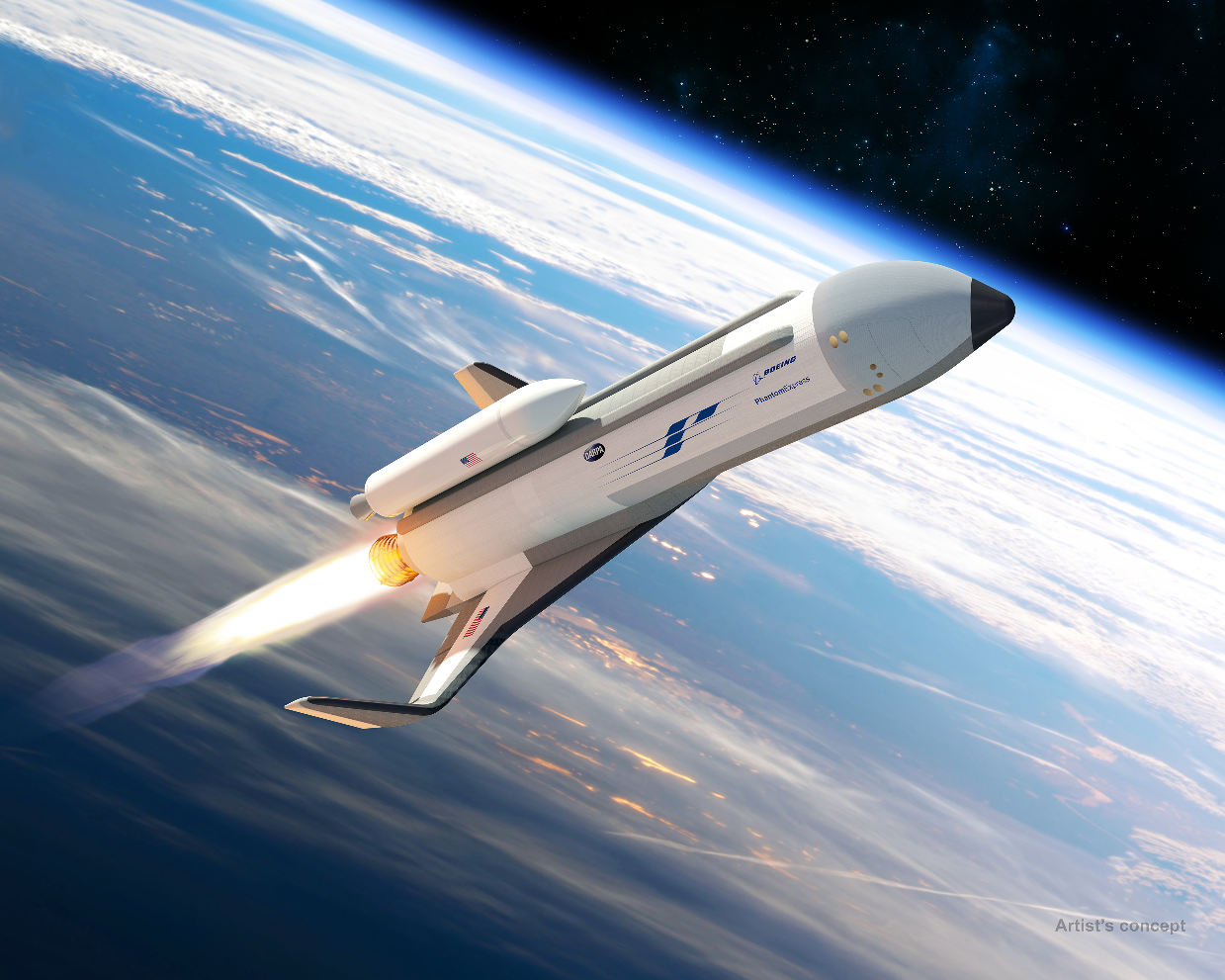Boeing and the U.S. Defense Advanced Research Projects Agency (DARPA) are developing Phantom Express, a reusable spaceplane designed to enable faster, more affordable small satellite launches.
Boeing and the U.S. Defense Advanced Research Projects Agency (DARPA) are collaborating to design, build and test a technology demonstration vehicle for the Experimental Spaceplane (XS-1) programme. The programme aims to transform the current satellite launch process by providing faster, more affordable launches, available on demand.
Boeing will develop an autonomous, reusable spaceplane capable of carrying and deploying a small expendable upper stage to launch small (3,000 pound/1,361kg) satellites into low Earth orbit. Boeing and DARPA will jointly invest in the development.
Once the spaceplane – called Phantom Express – reaches the edge of space, it would deploy the second stage and return to Earth. It would then land on a runway to be prepared for its next flight by applying operation and maintenance principles similar to modern aircraft.
The Aerojet Rocketdyne AR-22 engine, a version of the legacy Space Shuttle main engine, would power the spaceplane. It is designed to be reusable and operates using liquid oxygen and liquid hydrogen fuel.
Phantom Express would offer an advanced airframe design as well as third-generation thermal protection to create a vehicle capable of flying at high flight velocity, while carrying a smaller, more affordable expendable upper stage to achieve the mission objectives.
In the test phase of the program, Boeing and DARPA plan to conduct a demonstration of 10 flights over 10 days.
This latest development follows DARPA's announcement of Phase 2 of the XS-1 programme in April 2016.
Under Phase 1 of XS-1, DARPA awarded prime contracts to three companies, each working in concert with a commercial launch provider: Boeing (working with Blue Origin); Masten Space Systems (XCOR Aerospace); and Northrop Grumman (Virgin Galactic).
Boeing designed and developed the X-37 unmanned spaceplane.

